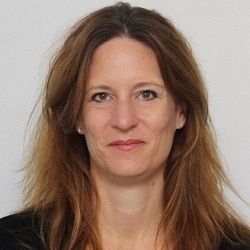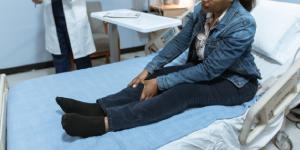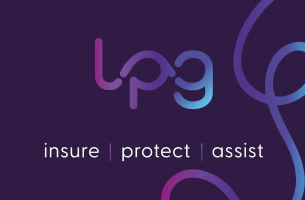
Nott: CPS shows it is possible to address pay gap
Efforts by the Crown Prosecution Service (CPS) to ensure it allocates work more equitably between the sexes are slowly bearing fruit, a new analysis has shown.
The Government Legal Department (GLD) has pledged to follow suit as it has made little progress in recent years.
Her Honour Judge Emma Nott has been researching gender and work allocation at the publicly funded Bar since 2017, with her last report in 2021 highlighting “significant gender disparities” in barristers’ access to work and pay across both criminal and civil work.
Her earlier work prompted the CPS in particular to take action – in 2021, it published its first briefing principles and a revised diversity and inclusion statement, and HHJ Nott’s new analysis indicated “statistically significant” signs of progress.
In 2023-24, though only one woman was in the top 20 recipients of fees from the CPS, the figure was 18% of the top 100, rising to 25% of the top 500, up from 14% and 19% in HHJ Nott’s last research.
However, she questioned the lack of progress among the very top earners, given that 23% of KCs instructed by the CPS in the past two fiscal years were female.
The CPS suggested that geography was a factor; some circuits had very few female silks who prosecuted, while several CPS regional areas were located away from the main concentration of criminal sets in Birmingham, Leeds and London.
The CPS’s Michael Hoare, whose team oversees the advocate panel arrangements, said: “More generally, we would acknowledge that, while we have taken a series of positive measures to address things, cultural change does take time and will require ongoing commitment and collaboration between the CPS, the Bar and the chambers we work with.”
At the defence Bar, there was “a clear and entrenched imbalance” in work allocation, HHJ Nott said.
Legal Aid Agency data showed 15 women in the top 100 fee earners and 94 (19%) in the top 500, up from 12 and 17% last time. There were three women in the top 20.
She quoted Mary Prior KC, chair of the Criminal Bar Association, calling for an obligation on solicitors’ firms to collect data which could be checked by the Law Society “to demonstrate that they are advancing equality and diversity”.
Ms Prior added: “Chambers must do the same and should advertise the fact that there is equality of income in their set. Perhaps practitioners who are not in such a set would move to a set where they are properly valued.”
On the civil side, HHJ Nott reported discussions between the Treasury Solicitor, Susanna McGibbon, and the Administrative Law Bar Association, Inns of Court Alliance for Women and female GLD panel counsel members, “who have made clear their perception that high-quality work is not available for women as they rise through the government panels”.
The figures seemed to back this up. Though women lawyers were “over-represented at every grade” of the GLD, particularly at the highest grades, Ms McGibbon conceded that it had not made “as much progress as I would have liked” on the diversity of those the GLD instructed.
The continued lack of any proper data monitoring made HHJ Nott’s task difficult, although Ms McGibbon said the ability to record and report on diversity of counsel instructed has been included in its requirements for a new legal practice management system under development.
From the limited data available, HHJ Nott found that female barristers continued to be under-represented on all GLD panels, with little progress in recent years – and in some areas regression – while at every level female barristers appointed to GLD panels were instructed proportionately less frequently than male barristers, and by a significant amount.
The number of female silks instructed in high-profile government work was again disproportionately low, while hourly rates for female silks remained lower than the average for male silks (£187 v £194), with the reasons for the discrepancy unexplained.
The government increased GLD panel rates by 25% on 1 April, in some cases the first rise since the panels were first introduced in 1997, which Ms McGibbon said was in part due to diversity concerns.
Acknowledging that the previous rates had “a negative impact on the diversity of counsel willing to do government work”, Ms McGibbon said the GLD has also launched a panel counsel diversity project to analyse the issue in more detail.
HHJ Nott concluded: “While still far from balanced, the CPS has shown that through comprehensive review and the consequent implementation of processes surrounding both data monitoring and work allocation, it is possible to address the continuing and significant gender pay gap at the Bar…
“There was never going to be a quick or easy solution, but without robust systems to record, retain and analyse data relating to work allocation and remuneration, there can be no solution.”
Bar Council research last year found that the earnings gap between male and female barristers was not explained by caring responsibilities, choice of practice area, or amount of legally aided work.














Leave a Comment